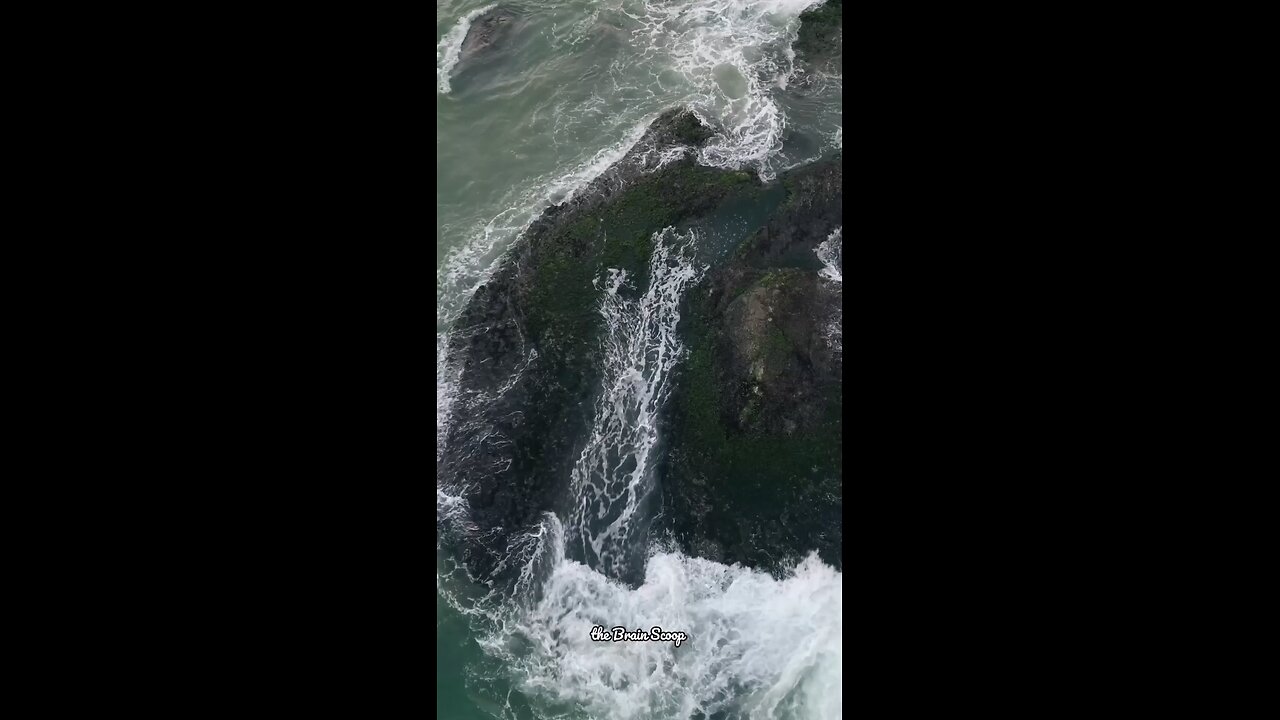Premium Only Content

Tsunami #news
A tsunami is a catastrophic marine event caused by intense seismic activity, volcanic eruptions, or underwater landslides. The term "tsunami" comes from Japanese, where "tsu" means harbor and "nami" means wave.
**Characteristics of a Tsunami:**
1. **Wave Height**: Tsunami waves can reach extreme heights, sometimes exceeding 100 feet (30 meters).
2. **Speed**: Tsunami waves travel at very high speeds, often between 500 to 800 kilometers per hour (about 310 to 500 miles per hour).
3. **Wavelength**: The distance between successive waves in a tsunami can be very long, often ranging from 10 to 500 kilometers (about 6 to 310 miles).
**Formation and Impact:**
- **Formation**: Tsunamis typically form due to underwater earthquakes, where tectonic plates shift and displace large volumes of water. Volcanic eruptions and underwater landslides can also trigger tsunamis.
- **Impact**: Upon reaching shallow waters near coastlines, the speed of the tsunami decreases, but the wave height increases significantly, causing massive destruction to coastal areas, including loss of life, property damage, and environmental devastation.
Tsunamis are unpredictable and can strike with little warning, making them particularly dangerous natural disasters. Early warning systems and education on evacuation procedures are crucial for minimizing their impact on human lives and infrastructure.
-
 2:53:28
2:53:28
TimcastIRL
6 hours agoWoke Judge INDICTED For Aiding Illegal Immigrants, Grand Jury Brings Formal Charges | Timcast IRL
425K114 -
 2:07:07
2:07:07
RiftTV/Slightly Offensive
8 hours agoThe SHILOH HENDRIX Debate: Sarah Stock, Jon Miller, Misfit Patriot, Bryson Gray | The Rift Report
72.7K50 -
 21:10
21:10
Producer Michael
13 hours agoWE CRASHED A MULTI-MILLION DOLLAR MANSION OPEN HOUSE!
40.1K3 -
 1:41:55
1:41:55
Anthony Rogers
14 hours agoEpisode 366 - Starseeds, Walk-ins, and ET-Human Hybrids
44K4 -
 1:45:19
1:45:19
AlaskanBallistics
6 hours ago $1.82 earnedI Love this Gun Podcast #34
40.4K5 -
 5:54:10
5:54:10
FusedAegisTV
9 hours ago『NIN lvl 53』Tues R&R | Final Fantasy XIV | Trump lashes out at Big Pharma, IGN top 25 JRPG list
38K1 -
 1:26:51
1:26:51
Adam Does Movies
12 hours ago $1.43 earnedTuesday Movie Talk Hangout + AMA - LIVE!
31.1K1 -
 1:34:28
1:34:28
Glenn Greenwald
8 hours agoJake Tapper Pretends He Didn't Know About Biden's Decline; Trump's Saudi Arabia Speech: A New Foreign Policy? | SYSTEM UPDATE #454
235K45 -
 12:45
12:45
Deskofpompliano
10 hours ago $7.17 earnedBitcoin And Crypto’s Takeover Of Wall Street Is Just Beginning | From The Desk Of Anthony Pompliano
48.9K6 -
 1:06:56
1:06:56
BonginoReport
10 hours agoDiddy Trial Exposes Demonic Entertainment Industry - Nightly Scroll with Hayley Caronia (Ep. 47)
244K117